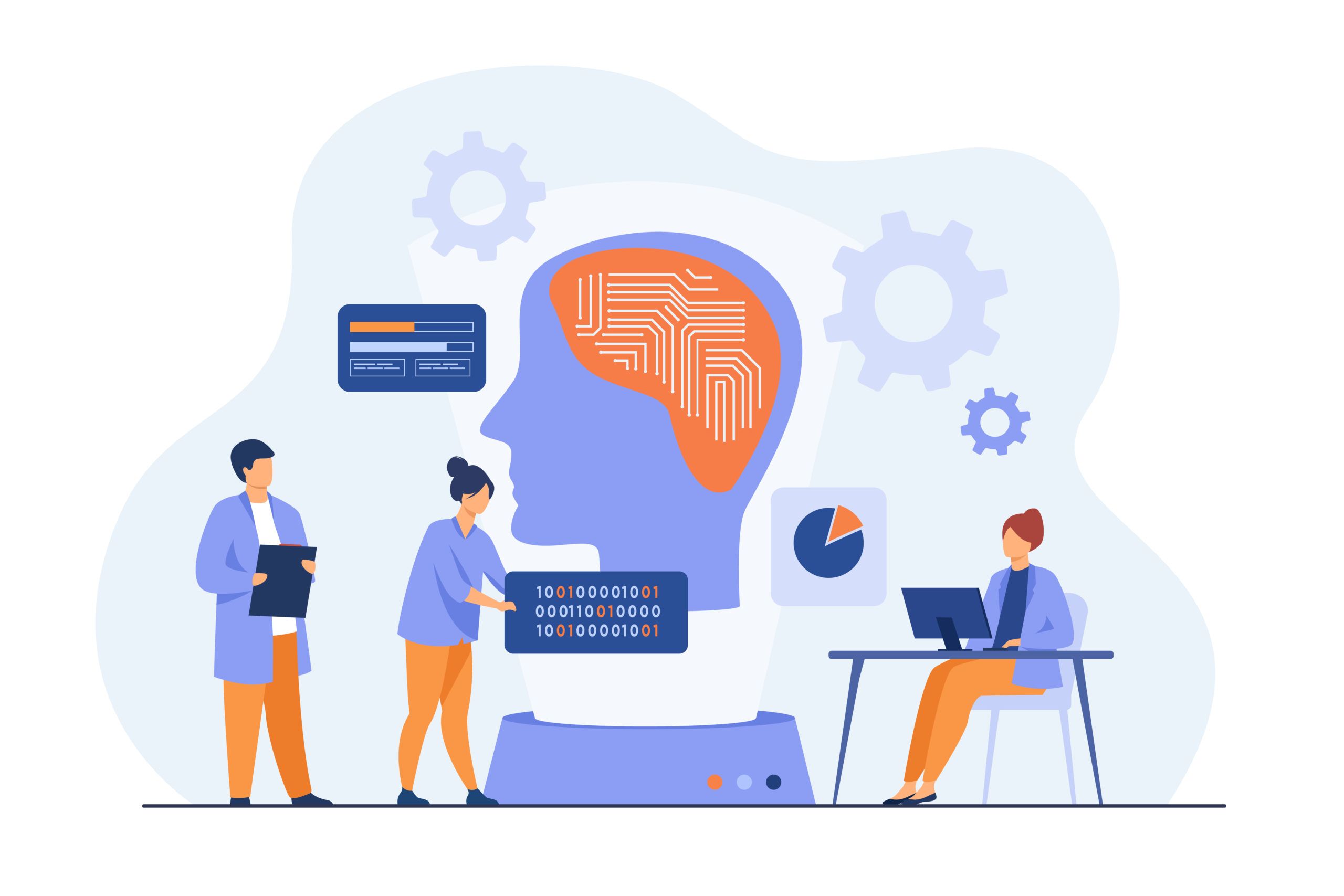Learn how the synergy of AI and Machine Learning algorithms in paraphrasing tools is redefining communication through intelligent algorithms that enhance language expression.
Artificial intelligence or AI as it is commonly called is a vast field of study that deals with empowering computers to be “Intelligent”. This intelligence can manifest in different ways, but typically, it results in the automation of mundane tasks. However, the advancements in AI have led to automation in more sophisticated tasks as well.
One of the most common applications of AI in a sophisticated task is text processing and manipulation. Which is also our topic today. Specifically, the paraphrasing of text with the help of AI. The most revolutionary technology that enables this is called machine learning.

Machine learning is a subset of AI. So, when you say AI, it automatically includes machine learning as well. Now, we will take a look at how machine learning works in Paraphrasing tools.
Role of machine learning algorithms in paraphrasing tools
Machine learning by itself is also a vast field. There are a lot of ways in which a computer can process and manipulate text with machine learning algorithms.
You must have heard the name GPT if you are interested in text processing. GPT is one of the most popular machine-learning models used for text processing. It belongs to a class of models called “Transformers” which are classified among deep learning models.
And that was just one model. Transformers are the most popular when it comes to text processing and programmers have a lot of options to choose from. Many paraphrase generators nowadays utilize transformers in their back end for changing the given text.
Most paraphrasing tools that are powered by AI are developed using Python because Python has a lot of prebuilt libraries for NLP (natural language processing).
NLP is yet another application of machine learning algorithms. It allows computer systems to parse and understand text much in the same way a human would. So, let’s take a look at how a paraphrase generator works with these NLP libraries. We will check out a few different libraries and as such different transformers that are used nowadays for paraphrasing text.
1. Pegasus Transformer
This is a part of the Transformers library available in Python 3. You can download Pegasus using pip with simple instructions. Machine learning algorithms will transform our lives, from autonomous vehicles to personalized medicine.
Pegasus was originally created for summarizing, however, the good thing about machine learning is that models can be tuned to do different things. So even though Pegasus is for summarizing, it can still be used for paraphrasing.
Here’s how it works for paraphrasing.
The transformer is trained on a large database of text, such a database is called a “corpus”. This corpus contains sentence pairs and each pair includes an original sentence and its paraphrased version. By training on such a corpus, the transformer learns how different sentences mean the same thing. Then it can create new paraphrases of any given sentence, even the ones it did not train on.
2. T5 Transformer
T5 or text-to-text transfer transformer is a neural network architecture that can do a lot of things:
- Summarizing
- Translating
- Question and answering
- And of course, paraphrasing
A paraphrasing tool that uses the T5 transformer can give a variety of different results because it is trained on a massive amount of data. According to Google (the creators of T5), the T5 transformer was trained on Wikipedia, books, articles, and plenty of online web pages.
T5 uses unsupervised learning which means it’s not told what is what, and it is allowed to draw its own conclusions. While that gives it extreme flexibility, it also gives more room for making errors. That’s why always proofread any text you get from a paraphrasing tool as it could have mistakes.
3. Parrot Library
This particular library is not a transformer, but it uses similar techniques. It uses the same type of sequence-to-sequence architecture that is used in the T5 transformer.
Another similarity between the two is that Parrot is also trained on a corpus of sentence pairs where one sentence is original and the other is paraphrased. This allows it to find patterns and realize that different syntax can still have the same meaning.
Parrot uses a mix of supervised and unsupervised learning techniques. However, what sets Parrot apart from other models of paraphrasing is that it has two steps.
Step one creates a bunch of paraphrases for the given text. However, it does not finalize them right away.
Step 2 ranks the generated paraphrases and only selects the most highly ranked output. It uses a variety of factors to calculate rank and it is widely touted as one of the most accurate and fluent paraphrasing models available.
Conclusion
So, now you know something about how machine learning algorithms work in paraphrasing tools. These models are running on the server side of these tools, so the end user cannot see what is happening.
The tool forwards the input to the models, and they generate an output which is shown to the user. And that is the simplest description of paraphrasing with machine learning.
Written by Masab Jamal




